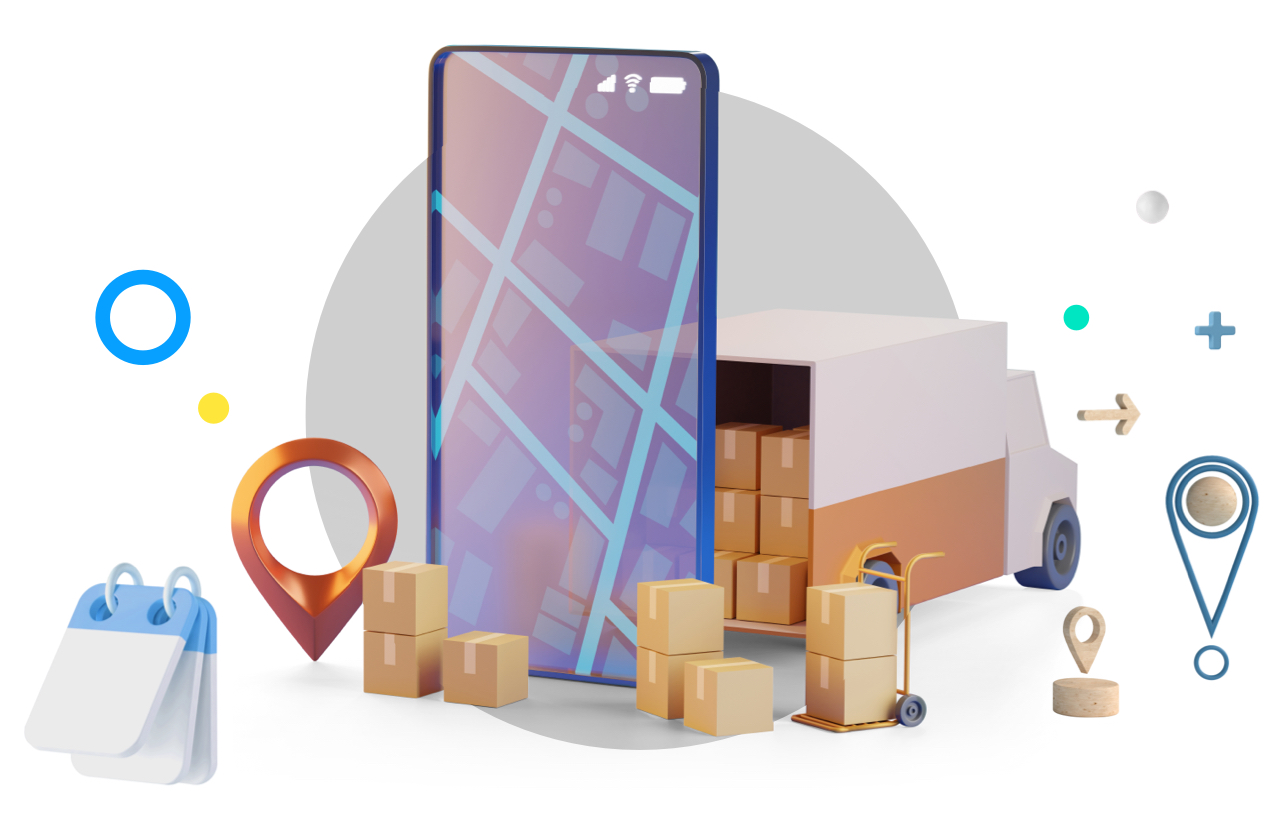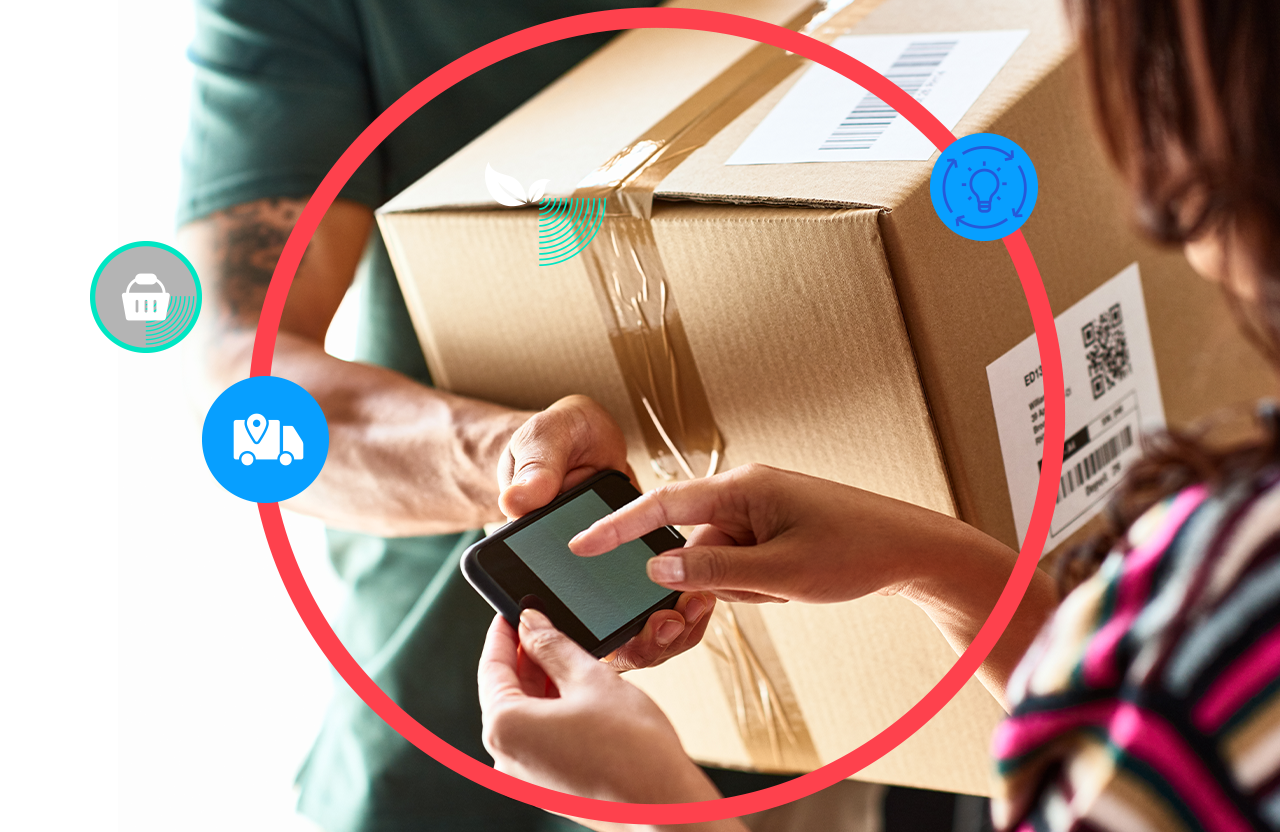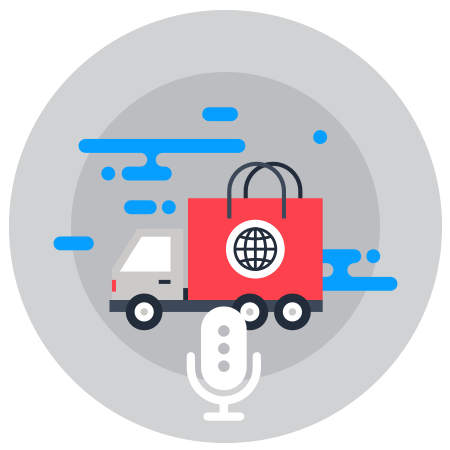What issue can we solve for you?
Type in your prompt above or try one of these suggestions
Suggested Prompt



Insights
How Retailers Can Solve Last-Mile Delivery Problems
How Retailers Can Solve Last-Mile Delivery Problems
In the world of supply chains and logistics, “last-mile” or “final-mile” delivery refers to the transportation of goods from the last distribution center or sorting center to their destination—usually, a customer’s doorstep. Its goal is to deliver items to the end customer as quickly, reliably and predictably as possible while minimizing the company’s costs.
As more and more customers move to e-commerce for all their shopping needs, they increasingly look for quick-delivery options. For retailers to meet fast-changing customer expectations, the last-mile delivery has become more significant than ever before.
But the gigantic growth in e-commerce resulted in an increase in the following last-mile challenges:
1. High cost of delivery
The last mile is the most expensive part of the order-fulfillment process. The combined costs of storage, fuel, labor, idling, maintenance, etc., can account for more than 50% of the total cost of shipping and delivery in the supply chain.
2. Inefficiency in order fulfillment
Due to its complexity, the last-mile delivery process can waste time, add to overall operational costs and cut into a company’s profit margins.
3. Unreliability in final stages
Carriers face a high level of unpredictability in the last mile—from customers not being available at the scheduled delivery time to changing or uncertain routes.
4. Lack of transparency
Not only do customers want to receive their orders quickly; they also want the ability to track them throughout the entire delivery process. Customers increasingly expect the ability to check the delivery status in real time.
5. Extra cost for returns
The tedious task of returning orders or products (customer returns, failed deliveries, damaged products, etc.) challenges e-commerce sellers’ efforts to keep delivery costs in check.

New problems require new solutions
As the e-commerce marketplace continues to grow, companies are reimagining their delivery operations and looking for ways to implement efficient last-mile delivery processes. There are several cost-effective solutions to do just that.
1. Smart warehousing
It’s important for retailers to establish storage warehouses in areas where they have many customers. Often this means locating large storage warehouses in urban centers where businesses can meet shorter delivery time windows—even next-day or same-day delivery. Alternatively, companies can use smaller locations to store fewer quantities of their best-selling inventory to reduce those fulfillment and delivery times. Instead of adding more warehouses, some companies convert portions of their stores completely into fulfillment centers for online delivery orders, known as dark stores, and save significant costs.
In the US, a large home improvement retailer’s goal is to offer same-day and next-day delivery to 90% of the country’s population. The retailer’s large network of more than 2000 stores and 90 distribution centers helps fulfill online sales. Nearly 45% of online orders are picked up at the stores thereby avoiding any additional shipping cost associated to them.
2. Crowdsourcing
Last-mile delivery can spike during the holiday season or sales periods, resulting in scalability issues. To address fluctuations in demand and ensure uninterrupted service, companies can crowdsource fleets and drivers. A crowdsourced delivery model can connect retailers and customers directly with local couriers driving their own vehicles. This flexibility minimizes reduces costs and allows customers to schedule deliveries based on their availability–avoiding failed deliveries.
One of the United States’ largest retailers recently collaborated with Walmart Inc.’s new GoLocal fast delivery service (which uses third-party drivers) to handle local deliveries for smaller items like tools, paints and other supplies. In 2018, the retailer also partnered with companies like Roadie and Deliv to leverage the crowdsourcing model and accelerate its last—mile delivery.
3. Route optimization
It’s important for couriers to use the shortest and most cost-effective route for order deliveries. Technologies like AI and ML can help monitor road conditions (congestion, closures, weather patterns, etc.), update the delivery driver in real time and schedule routes automatically. By recommending the most efficient route, this can reduce delays, avoid re-routing and boost efficiency of the order fulfillment process. Delivery based on a full truckload model can further optimize fuel and mileage costs while maximizing vehicle output.
4. Transparency and traceability
Customers prefer, real-time tracking of orders. Smart technology solutions like GPS and RFID tags can be used to track and send automated notifications of the delivery driver and order package’s location. Customers can talk to the driver directly, be part of a real-time feedback loop and ensure they are available at the time and place of delivery, thereby avoiding issues like failed deliveries, missed schedules or incorrect addresses. Retailers can leverage smart technologies to monitor weather patterns and plot delivery routes to ensure packages are delivered on time and in good condition.
5. Reverse logistics
Companies often must pay extra costs for returned items. Reverse logistics comprise the complete last mile of the delivery process but in the reverse order. Managing reverse logistics in an efficient and inexpensive way is the key to handling product returns, addressing operations concerns, reducing costs and improving customer satisfaction. They can minimize product returns by addressing common issues: damaged items, wrong items, items that differ from their appearance on the website, etc. Easy and fast in-store returns, for instance, can save money, while improving the customer experience and promoting brand loyalty.
For a large US retailer, almost 85% of returns happen in store and save costs. Its widespread physical footprint helps reduce the problems of both last-mile delivery and returns.

Top trends from Amazon
Retailers can learn a great deal by studying the actions of digital disruptors. Here are some of the top trends from Amazon that are gaining momentum in last-mile delivery space:
1. “Amazon Lockers” for customer pickup
This service allows customers to pick up orders at fixed locker locations in easily accessible commercial spaces, such as malls or post offices. They can retrieve the package by entering a unique pick-up code on the locker touch screen. This ensures a safe and secured delivery while reducing time on the road and attempted redeliveries.
2. “Amazon Key” for In-Garage delivery
Amazon Key in-garage service allows packages to be placed in customers garages with myQ-enabled openers. This service helps prevent missed deliveries and guards against damage as well as bad weather.
3. Autonomous deliveries
Amazon recently invested over US $500 million in autonomous technology developer “Aurora” and created a working last-mile delivery robot named “Amazon Scout.” With evolving developments in autonomous technology, several other retailers are looking to experiment with robotic, drone-based, self-driving vehicles.
4. Stores as urban warehouses
In order to meet one-day or same-day delivery demands from customers, more and more retailers are using physical stores as micro-fulfillment centers and delivering orders from them directly. According to a WSJ report, Amazon is said to be in discussion with mall owners like J.C. Penney to convert them into fulfillment centers.

The homestretch
The rise of online retail has made last-mile delivery an essential part of the entire supply chain. Customers expect deliveries to be fast, frequent and convenient. They also want real-time updates. By focusing on a holistic last-mile delivery strategy that includes smart technology, an innovative operating model, efficient workforce management and greater customer collaboration, retailers can reduce delivery costs, provide exceptional customer service and adapt to the constantly changing omnichannel retail environment.







